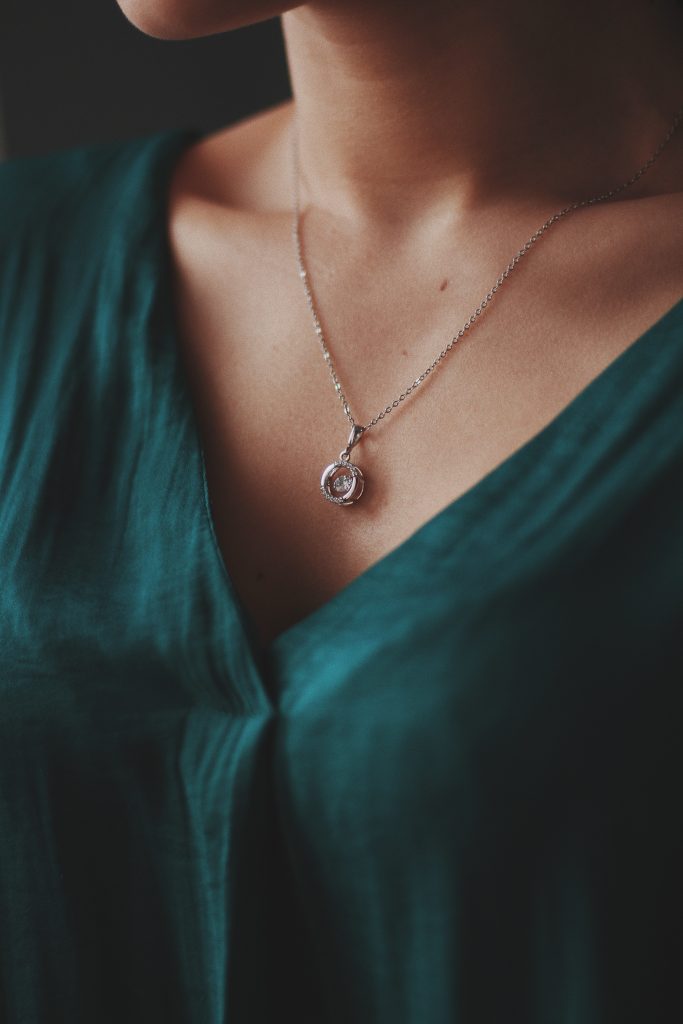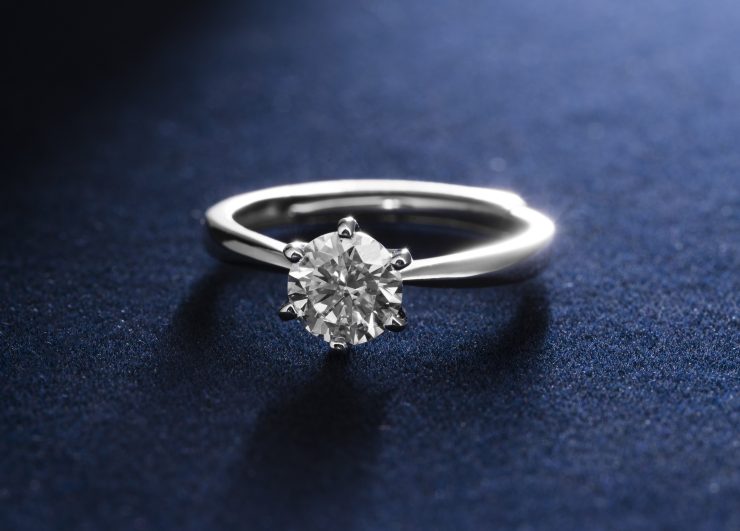In the realm of lab-grown diamonds, certification serves as a fundamental tool for establishing legitimacy, trust, and value. Unlike mined diamonds, which have a longer history of standardized grading and regulation, lab-grown diamonds are a relatively new entrant into the commercial gem market. This novelty introduces additional skepticism from consumers and buyers alike, making independent, third-party certification critical. Certification acts as an unbiased verification of a diamond’s specifications such as carat weight, cut, color, and clarity—the so-called 4Cs. For sellers, offering certified diamonds helps distinguish inventory in a crowded marketplace, signaling professionalism and authenticity. It reduces disputes about quality, builds buyer confidence, and allows for fairer pricing strategies. Additionally, certification can play a vital role in resale and appraisal scenarios, as it provides a documented record of the stone’s attributes. Without certification, sellers may struggle to achieve premium prices or may even face difficulty selling to more sophisticated buyers, such as jewelers or investors.

Key Organizations That Certify Lab-Grown Diamonds
There are several globally recognized institutions that provide grading reports for lab-grown diamonds, each with varying degrees of acceptance and authority in the marketplace. The most prominent among these is the Gemological Institute of America (GIA), which has offered lab-grown diamond reports since 2007, although in earlier years the terminology and format differed significantly from reports for natural diamonds. In 2019, GIA began issuing full reports for lab-grown diamonds, using the same 4Cs grading framework as natural diamonds. Another major player is the International Gemological Institute (IGI), which has long been active in the certification of lab-grown stones and is especially dominant in markets such as India and the United States. Other reputable labs include the American Gem Society (AGS) and GCAL (Gem Certification and Assurance Lab), the latter of which also includes light performance metrics. While these organizations all grade the same fundamental qualities, their credibility, consumer familiarity, and reporting formats can differ, making it essential for sellers to understand which certifications align best with their target market.
The Differences Between Lab-Grown and Natural Diamond Reports
Although lab-grown diamonds are graded using the same 4Cs as natural diamonds, there are some crucial differences in the certification documentation. Most grading laboratories clearly indicate that a stone is lab-grown, often using terms like “Laboratory-Grown Diamond,” “Man-Made,” or “Synthetic.” This distinction is legally and ethically necessary to prevent misleading the buyer and to comply with Federal Trade Commission (FTC) guidelines in the United States, as well as similar regulations globally. Additionally, lab-grown diamond certificates often include information not found in natural diamond reports, such as the growth method used—High Pressure High Temperature (HPHT) or Chemical Vapor Deposition (CVD)—and whether the stone has undergone post-growth treatments. These details can impact both value and marketability. For instance, HPHT diamonds may be more prone to certain inclusions, while CVD diamonds might require additional processing to improve color. As such, sellers should be well-versed in interpreting these specifics, as questions from educated buyers about growth methods and enhancements are becoming increasingly common.
The Role of Certification in Establishing Trust and Marketability
For sellers of lab-grown diamonds, certification is not just a procedural step but a key driver of marketability. In a competitive landscape where visual differentiation between lab-grown and natural stones is nearly impossible without professional tools, certificates provide buyers with confidence that they are receiving what is being advertised. A certified lab-grown diamond tends to attract more serious buyers and higher offers, particularly in retail and resale markets. Trust is especially crucial in e-commerce, where the customer cannot physically inspect the stone prior to purchase. A certificate from a respected lab mitigates concerns over misrepresentation and helps close sales more efficiently. Additionally, retailers and wholesalers who work with certified diamonds often find it easier to secure business partnerships with jewelers, manufacturers, and online platforms that demand quality verification as part of their procurement standards. For B2B sellers, certification also plays a vital role in international trade, where standardized documentation ensures smoother customs procedures and cross-border transactions.

How Growth Methods and Treatments Affect Certification and Value
Lab-grown diamonds are primarily produced using two methods—High Pressure High Temperature (HPHT) and Chemical Vapor Deposition (CVD)—and the method used can influence how the stone is perceived and valued, even when the 4Cs are identical. Certification laboratories typically identify and disclose the growth method within their reports, and sometimes even note visible characteristics typical of each method. HPHT diamonds are generally associated with higher color grades, but they may exhibit metallic inclusions, which can affect clarity. Conversely, CVD diamonds often display strain patterns or brown tints if not treated post-growth, but may have fewer inclusions. Some diamonds undergo treatments to improve color or remove defects, and these alterations are also noted in certification documents. Such treatments can affect the desirability and resale potential of the diamond. Therefore, sellers must be transparent and well-informed about how these technical specifications impact pricing, marketing, and long-term value. A certificate that omits these nuances could potentially be misleading, causing issues down the line with discerning buyers or during resale.
Why Not All Certification Labs Are Equal
Not all diamond certification labs maintain the same standards, consistency, or reputation. While organizations like GIA and IGI are highly respected for their rigorous grading protocols, some lesser-known or regional labs may lack consistency in their evaluations or may apply looser grading criteria. This discrepancy can affect how a stone is perceived in the marketplace. For example, a lab-grown diamond graded as “Excellent” in cut by one lab may not meet the same standards when graded by GIA. Additionally, some buyers and dealers may refuse to accept reports from certain labs due to concerns about inflated grades or lack of transparency. For sellers, this means that choosing a reputable certifying agency is crucial—not only for ethical reasons but also for maximizing the diamond’s value. Working with recognized labs provides a stronger foundation for pricing negotiations and helps avoid returns or disputes. Ultimately, the credibility of the certificate can directly influence buyer trust and, by extension, the ease with which the diamond can be sold.
The Cost-Benefit Analysis of Certification for Sellers
Obtaining certification for a lab-grown diamond does come with costs, which can range from around $50 to several hundred dollars depending on the grading organization, turnaround time, and additional services such as laser inscription or light performance analysis. For lower-value stones, the cost of certification may not justify the potential increase in resale price, especially if selling through informal channels. However, for mid-range to high-end lab-grown diamonds, certification can significantly boost marketability and may result in a quicker and more lucrative sale. Sellers must weigh these costs against the benefits, considering the target market, sales channel, and diamond quality. Furthermore, some certification labs offer volume discounts or bundled services, which can be advantageous for businesses with larger inventories. Sellers should also take into account the logistics and time involved in sending stones to a grading lab. In general, the higher the expected selling price of the stone, the more essential a certification becomes—not only to support valuation but also to streamline the selling process.
Strategies for Presenting Certifications to Potential Buyers
Effectively presenting a diamond’s certification is as important as obtaining it. Sellers should ensure that the certificate is clean, legible, and unaltered, and it should be readily available both online and in-person. In digital listings, providing a high-resolution copy or a hyperlink to the lab’s online verification system enhances buyer confidence and transparency. For in-person transactions, having printed and laminated copies can lend a professional appearance. It’s also helpful to summarize key features from the certificate in layman’s terms, especially when dealing with non-expert consumers. For example, instead of just stating “CVD-grown diamond with VVS1 clarity,” a seller might explain, “This lab-grown diamond was created using the CVD method and features extremely high clarity, with very minute inclusions only visible under 10x magnification.” Additionally, sellers should be prepared to educate potential buyers about the meaning of certification and why it matters. This builds credibility and can help close sales with buyers who may otherwise be hesitant or unfamiliar with the nuances of lab-grown diamonds.